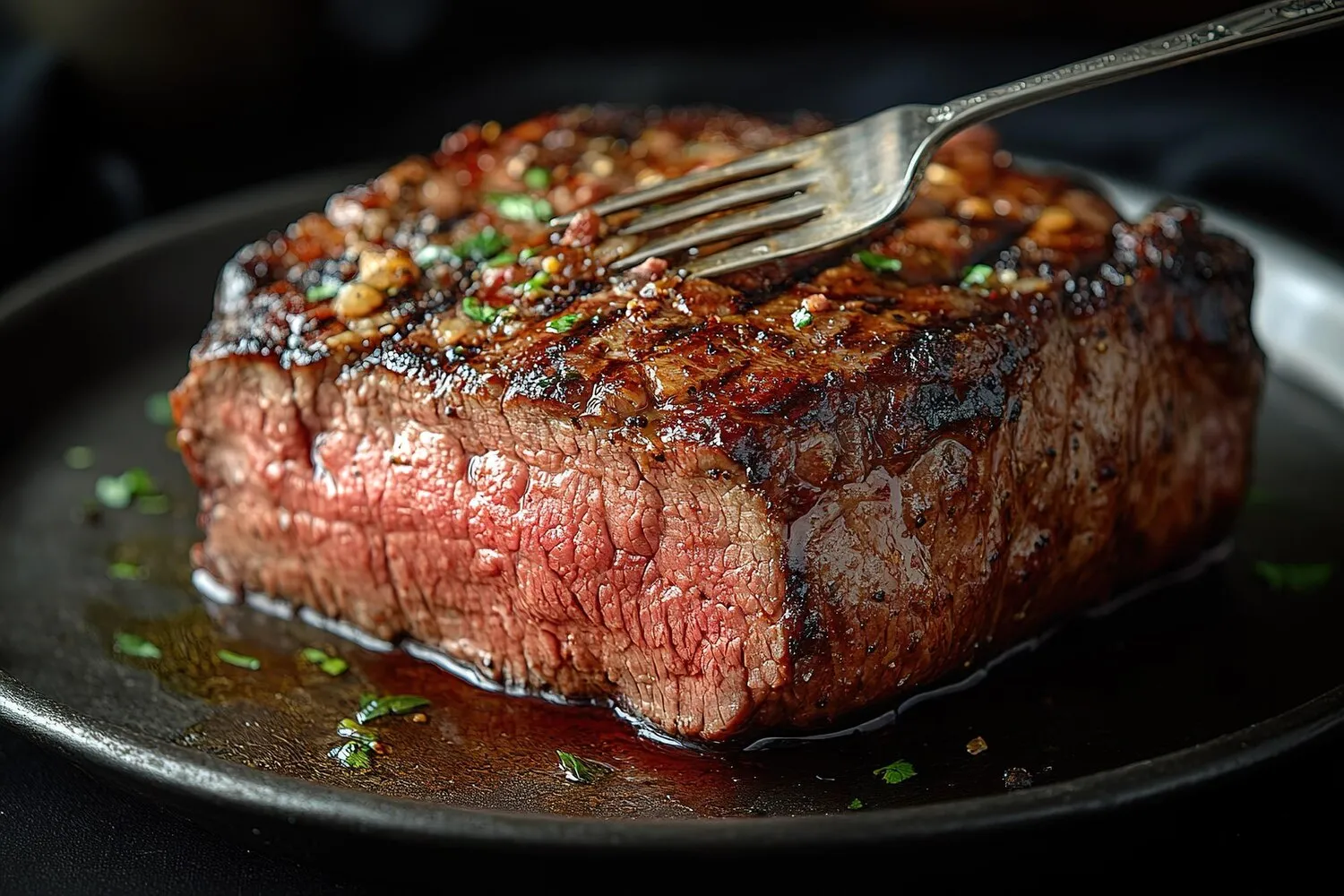
Hibachi Grill
Customizable grilled dishes cooked in front of you. Choose your protein, vegetables, and sauce.
Nutrition Facts
* The % Daily Value (DV) tells you how much a nutrient in a serving of food contributes to a daily diet. 2,000 calories a day is used for general nutrition advice.
Hibachi, meaning 'fire bowl,' has evolved over time. Originally a small, portable heating device, it was adapted in the mid-20th century for a theatrical culinary experience primarily aimed at entertaining foreign visitors. The current 'hibachi' style grilling, especially the teppanyaki variant, is a modern adaptation focusing on showmanship and customized dining.
While the style of hibachi widely experienced outside of Japan is significantly different from traditional Japanese cuisine, it has become a cultural phenomenon synonymous with interactive dining and entertainment. The performance aspect is a key element, fostering a communal and engaging experience.
Teppanyaki as Performance Art
The theatrical preparation of food on a teppanyaki grill, involving knife skills, juggling, and fire displays, is as much a part of the experience as the meal itself. This adds a fun and memorable element to dining out.
Communal Dining
Hibachi-style restaurants often seat diners around a large grill, encouraging interaction and a shared dining experience. It's a popular choice for celebrations and group outings.
Western Adaptation
The hibachi style popularized outside of Japan has been significantly adapted to suit Western tastes, often incorporating larger portions and sweeter sauces than traditional Japanese cuisine.
Hibachi dishes are characterized by a savory, umami-rich flavor profile, often enhanced by sauces like soy sauce, garlic butter, and ginger-based sauces. The grill imparts a slightly smoky taste to the ingredients.
The specific flavors depend heavily on the chosen protein, vegetables, and sauces. Common proteins include steak (often sirloin or filet mignon), chicken, shrimp, and scallops. Vegetables frequently include zucchini, onions, mushrooms, and broccoli. Soy sauce provides a salty and umami base, while garlic butter adds richness and a savory aroma. Ginger and sesame oil contribute aromatic complexity and a subtle sweetness. Lemon juice provides bright acidity.
Communicate Your Preferences
Don't hesitate to inform the chef about any allergies, dietary restrictions, or preferred cooking levels for your protein (e.g., rare, medium-rare for steak).
Try the Fried Rice
Hibachi fried rice, often cooked on the same grill after the main courses, is a delicious and flavorful addition to the meal. Requesting extra vegetables can enhance the nutritional value.
Observe and Engage
The hibachi chef is often skilled at entertaining. Watch their performance and don't be afraid to participate in the fun if they encourage interaction. This will enhance the overall dining experience.
Pace Yourself
Hibachi meals can be quite substantial, with multiple courses. Pace yourself and avoid overeating so you can enjoy the entire experience without feeling overly full.
Explore additional Grilled dishes and restaurants
Explore GrilledDiscover top dining spots and culinary experiences in Parma.
Explore ParmaLearn more about the food culture, restaurant scene, and culinary heritage of United States.
Explore United States
